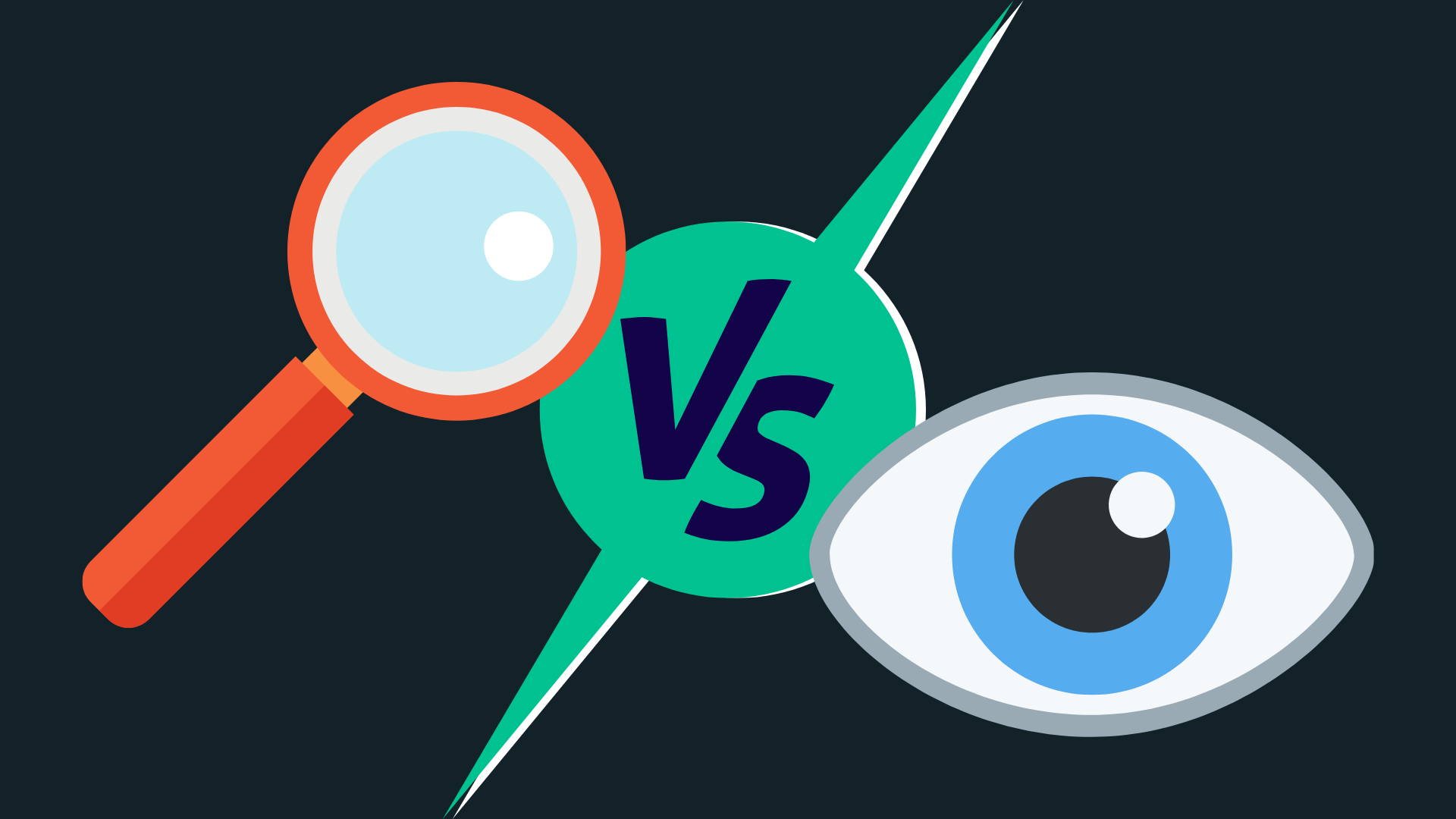If it’s your first time looking at performance metrics, odds are you’re overwhelmed with different terms popping up – and a few of them may sound similar. Two terms that are usually interchanged are searches and views. But sometimes, people tend to make it search vs views. Are they independent of each other or do they work hand-in-hand? To make digital marketing a little easier to understand, we’ve made this easy-to-follow guide.
GBP’s updated insights
Google recently rolled out a more simplified Insights Tab on the in-SERP editor – at the expense of taking out some (rather crucial) metrics. Of course, many local SEO experts expressed frustration online, but it will take time for Google to make some improvements. So right now, we work with what we have.
If you search for your business name on Google Search, you’ll see your in-SERP editor. Click on Performance to see your insights.
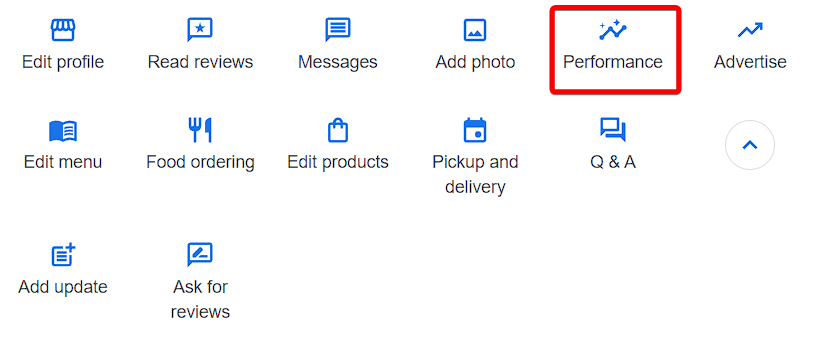
On the Performance Overview, you’ll see how many people interacted with your Profile over a set period of time (max six months), how many people viewed your Profile and how many searches your Profile appeared in. The last two are your views and searches, respectively, and they play an important part in understanding how people find you on Google.
Search vs Views: What’s the Difference?
Search
Searches are queries used to find your business. These are usually keywords that contain a “near me” phrase or the suburb or city your business (or your competitors) is located in. Other times, people will just use one word and your Profile will appear – as long as it’s relevant to their search. In the example below, you’ll see that the tea shop business is often found using the words “tea,” “teas,” and “looseleaf” aside from their brand name.
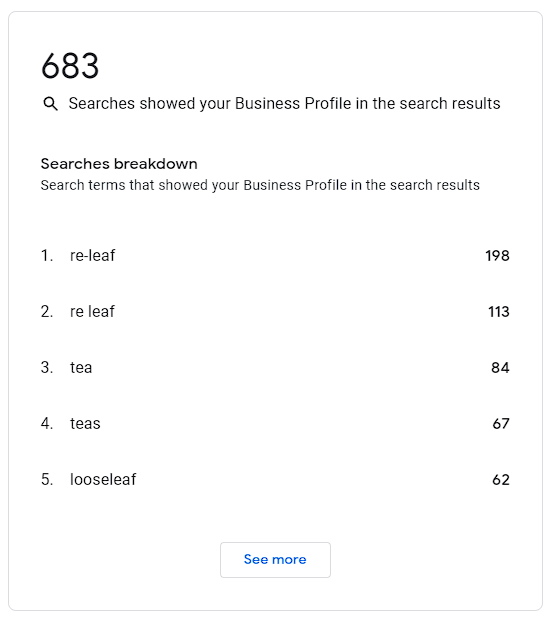
Views
Views indicate how many people saw your Profile on Search or Maps. On the in-SERP editor, you’ll see how Google breaks down views: mobile and desktop for either Search or Maps.
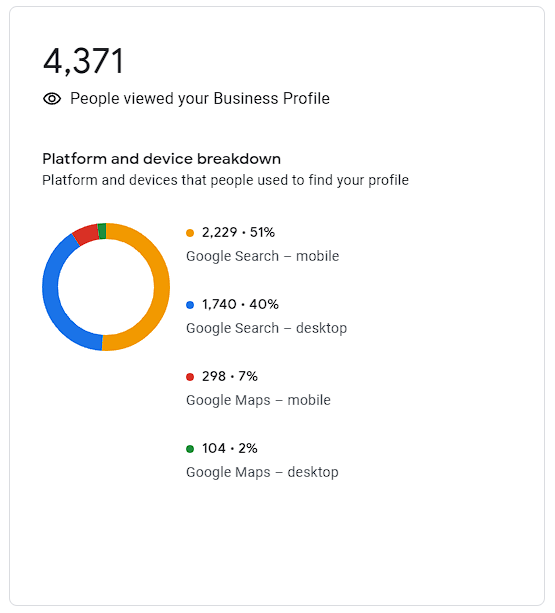
Which is more important?
As you can see, there’s a big difference between search vs views. But is one more important than the other?
It depends on your overall strategy and where you want to be seen the most. And honestly, in most cases, it’s not a matter of search vs views, but rather search and views.
You can definitely use one or the other depending on your goals. For instance, you can see in the pie graph above that people search for that specific business more on Google Search on mobile than on Maps and Search on desktop. Knowing that their market is using their phone more often to look for their business, they will want to optimise their Profile that offers all the information their market needs while making it easy to digest.
On the other hand, prioritising searches can help you improve the content on your Profile. For example, you find out that you have higher numbers for a specific search query. You huddle with your team and decide whether to use that term more often in Google Posts or find another keyword that has the potential to improve your rankings or put them together into one piece of content.
But both are integral in improving your ranking regardless of where you want to be seen more. Once you realise that more people are looking for your business using their mobile devices, you can easily find the top 5 or so location-based keywords that can put you at the top of rankings.
Need more information?
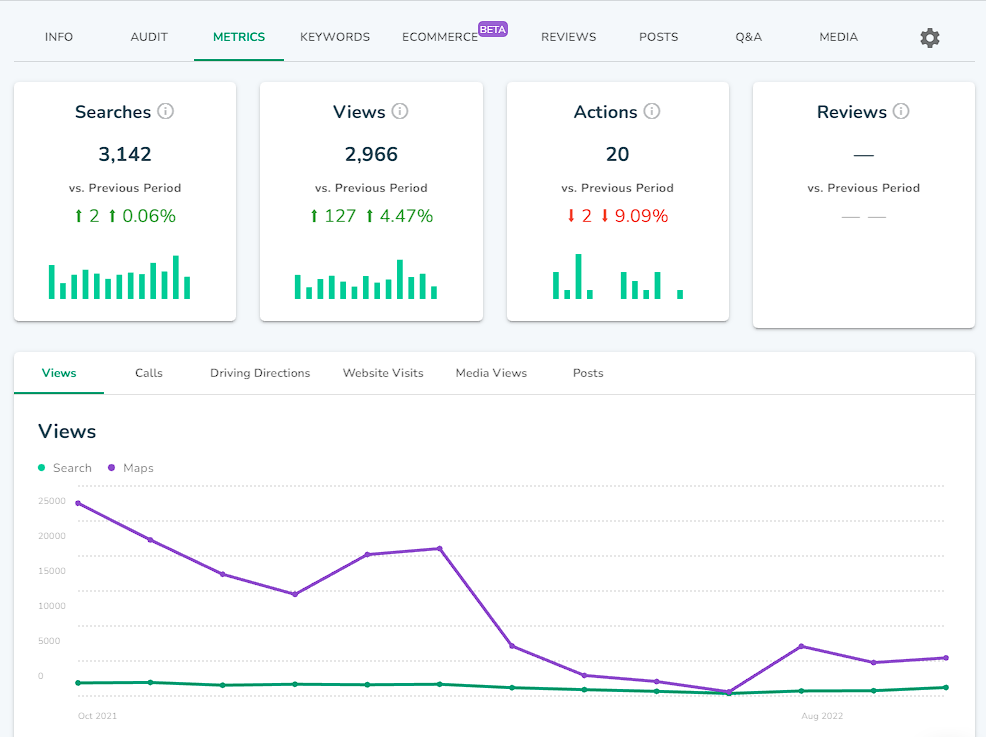
One limitation of the new Google Business Profile performance metrics is that it is confusing. If you’re looking for an all-in-one dashboard that’s simple to use from day 0, the DigitalMaas Platform is exactly what you need. Stay updated with how your Business Profiles are doing – whether it’s one location or a hundred – and optimise your locations effortlessly. Sign up for an account today!

